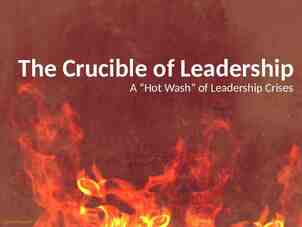Hygiene in Elizabethan England
24 Slides231.58 KB

Hygiene in Elizabethan England

Midsummer night’s Dream was written in the 1590s, just over 400 years ago; much has change over four centuries

Because they did not have any sort of treatment plant the water was so dirty that it was unfit to drink. People, including children drank wine and ale for the most part.

People didn’t bathe often. Being that there was no running water back then, preparing a bath was quite the chore. The bathtubs they used were made from wood and often placed by fireplaces in order to warm the water.

Lower class citizens (the vast majority of people back then) would bathe about three times a year. The upper class bathed around twice a month. Mostly, they just washed their hands and face and combed their hair. They relied on their underclothes to soak up dirt and smells and changed these as often as they could afford to have them washed. They also used perfumes and sweet waters to cover up bad smells.

Often people bathed in ponds and rivers.

Though they didn’t take baths often, they did wash their hair a bit more often. Typically, they used a simple form of soap; shampoos and conditioners were not invented by then.

Women often dyed their hair with various substances, one of these being

urine!

Elizabethans often washed their faces with their own spit due to the fear that most water was highly unsanitary.

One pamphlet from the times recommended that people keep their teeth white by rubbing their teeth with powdered fish bones and then rinsing their mouths out with a mixture of vinegar an sulphuric acid.

Rather than using a toothbrush, Elizabethans used their fingers or a piece of cloth.

Another pamphlet suggested that people rub their bodies with the palms of their hands unit their skin became red.

The rich often wore dresses adorned with pearls and diamonds, making them hard to wash. Often they were not washed. Instead, the upper class would spray perfume on the dresses to mask the odor.

Toilets were called “privies.” Towns had a few public toilets, often built over rivers to carry the waste away.

Unfortunately, the water people used to wash and cook with usually came from the same river.

“Gong fermors” emptied the privies at night. They were paid well, but smelled a lot of the time, because it was so hard to wash well enough to get rid of the smell.

Most people used a chamber pot at night. It is known that many people urinated in fireplaces.

These chamber pots were emptied in the streets. Because there were no sewer systems, the urine and feces simply stayed in the streets along with whatever trash was thrown around.

It was customary for men to allow women to walk next to the wall to keep them away from the mess on the street. “A dog of that house shall move me to stand. I will take the wall of any man or maid of Montague’s.” -Romeo & juliet

For toilet paper, they used clumps of grass or hay

Sources http://elizabethanmuseum.weebly.com/sanitati on.html http://www.elizabethanenglandlife.com/elizabet han-hygiene.html https://theelizabethans1558.wordpress.com/20 15/04/20/the-elizabethans-and-cleanliness/ http://www.historyundressed.com/2008/07/hist ory-of-hygiene-bathing-teeth.html

What are the comparisons to these conventions in today’s society? Think about what we do today compared to what they did 400 years ago and write for 5 minutes on how things have changed. How have our conventions evolved over the past 400 years?

Spend 5 minutes writing about what hygiene will be like in 400 years (2417). What will people think of our hygiene in the year 2417? What about us will be gross to them?






